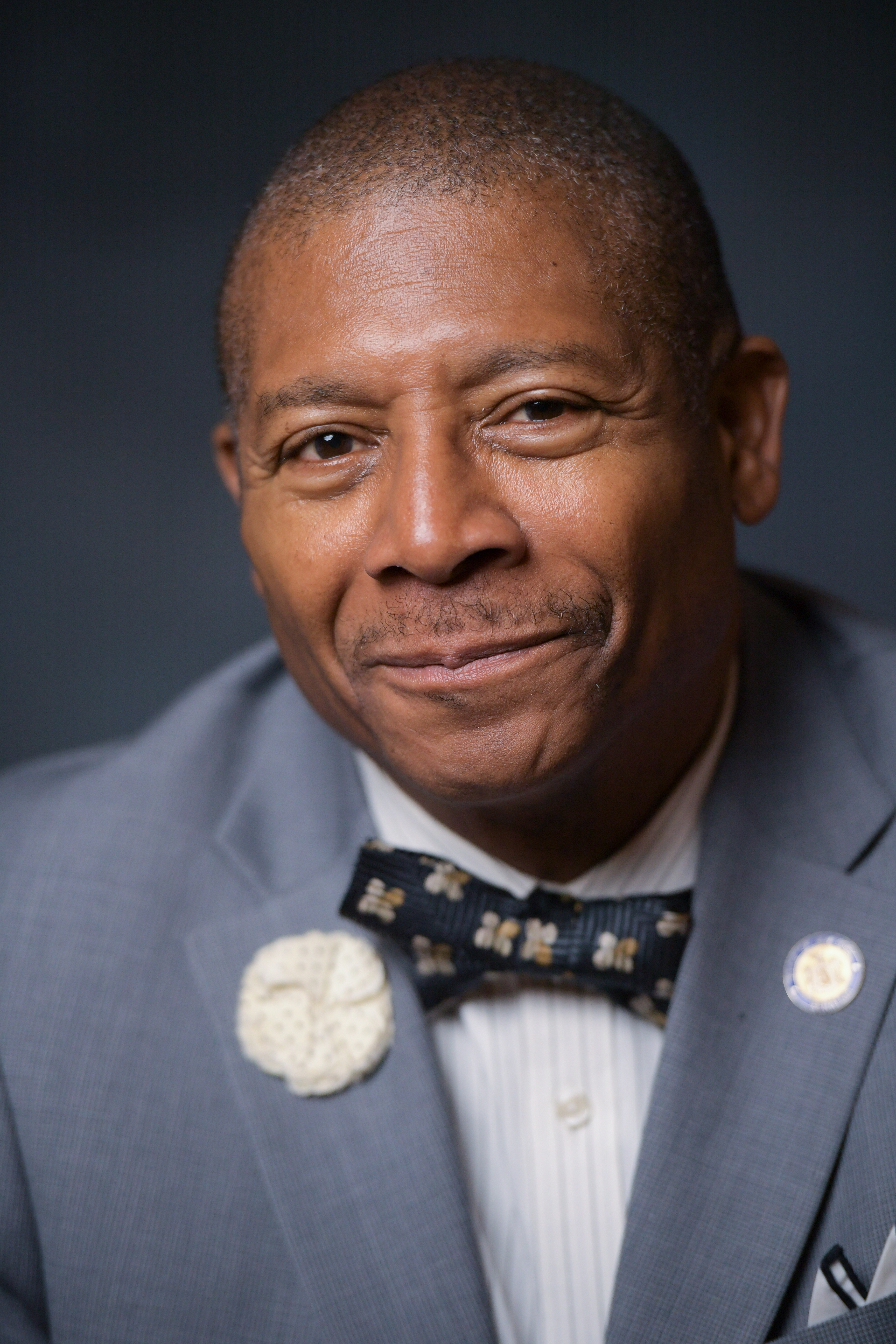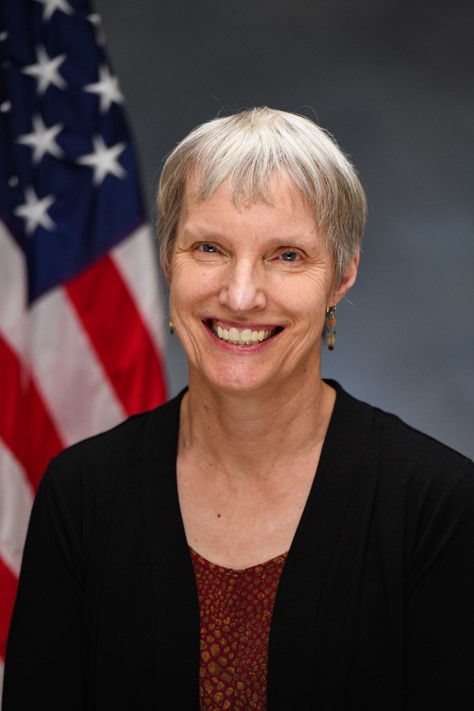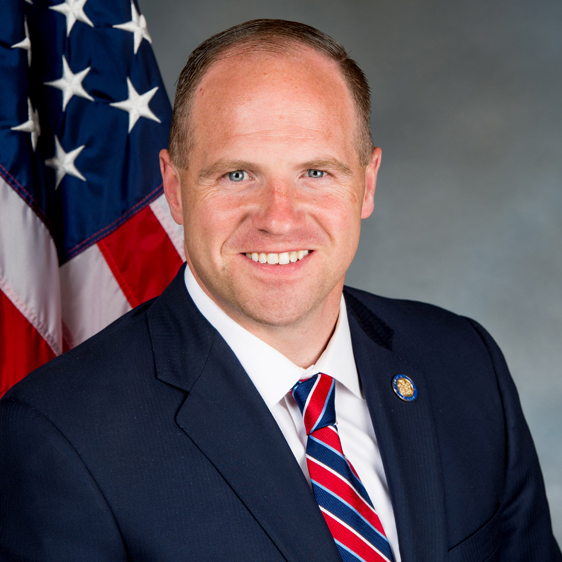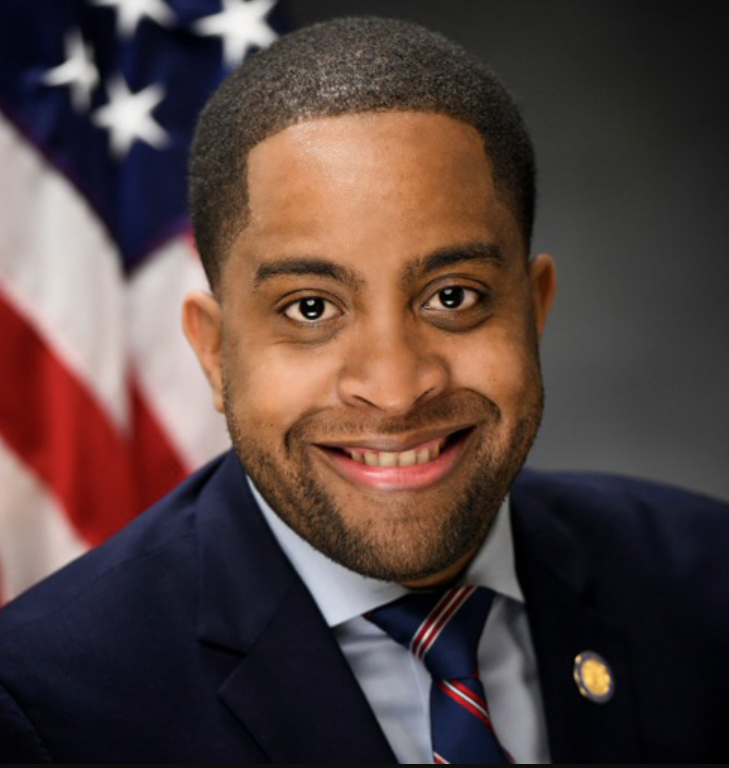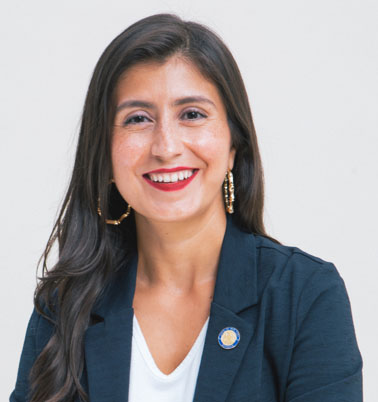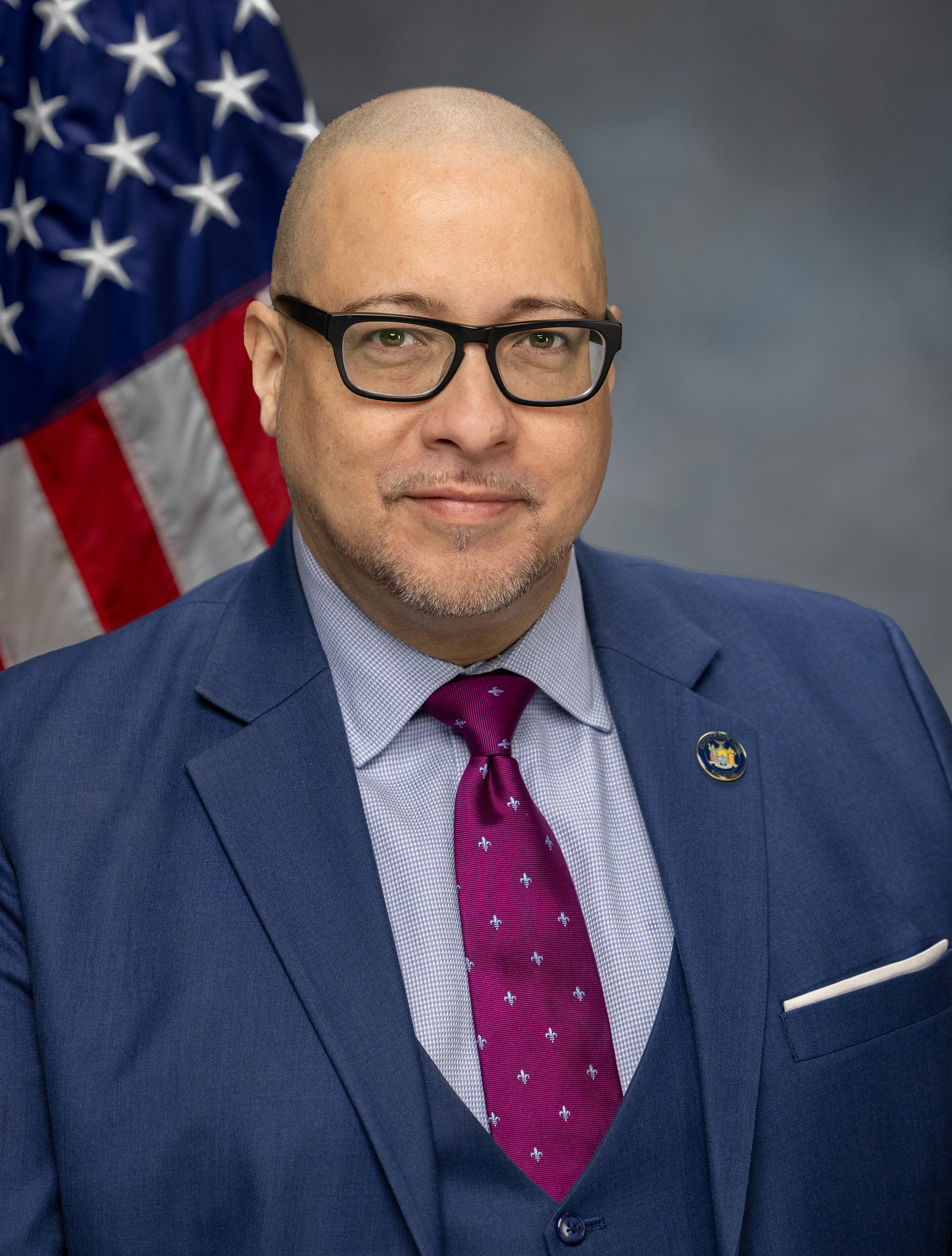| Date of Action |
Assembly Actions -
Lowercase Senate Actions - UPPERCASE |
|---|---|
| Jan 08, 2020 |
referred to environmental conservation |
| Mar 12, 2019 |
print number 2878b |
| Mar 12, 2019 |
amend (t) and recommit to environmental conservation |
| Feb 06, 2019 |
print number 2878a |
| Feb 06, 2019 |
amend and recommit to environmental conservation |
| Jan 30, 2019 |
referred to environmental conservation |
Senate Bill S2878B
2019-2020 Legislative Session
Sponsored By
(D) 10th Senate District
Archive: Last Bill Status - In Senate Committee Environmental Conservation Committee
Actions
Bill Amendments
2019-S2878 - Details
2019-S2878 - Summary
Establishes a green new deal for New York task force; requires such task force to develop a detailed statewide, industrial, economic mobilization plan for the transition of the New York economy to become greenhouse gas emissions neutral by 2030 and to significantly draw down greenhouse gases from the atmosphere and oceans and to promote economic and environmental justice and equality.
2019-S2878 - Sponsor Memo
BILL NUMBER: S2878
SPONSOR: SANDERS
TITLE OF BILL:
An act to establish a green new deal for New York task force; and
providing for the repeal of such provisions upon the expiration thereof
PURPOSE:
This bill would establish a Green New Deal for New York Task Force
consisting of eighteen voting members. The Task Force would develop a
plan, along with legislative bill language, for New York State to become
greenhouse gas emissions neutral by 2030 by transitioning from a fossil
fuel-based economy to one based on one-hundred percent clean renewable
energy. The purpose of this bill is to prevent the catastrophic conse-
quences of climate change and to promote economic growth and job
creation for the benefit of all New Yorkers.
SUMMARY OF PROVISIONS:
2019-S2878 - Bill Text download pdf
S T A T E O F N E W Y O R K
________________________________________________________________________
2878
2019-2020 Regular Sessions
I N S E N A T E
January 30, 2019
___________
Introduced by Sen. SANDERS -- read twice and ordered printed, and when
printed to be committed to the Committee on Environmental Conservation
AN ACT to establish a green new deal for New York task force; and
providing for the repeal of such provisions upon the expiration there-
of
THE PEOPLE OF THE STATE OF NEW YORK, REPRESENTED IN SENATE AND ASSEM-
BLY, DO ENACT AS FOLLOWS:
Section 1. Green new deal for New York task force. 1. There shall be a
task force for a green new deal for New York which shall consist of the
following eighteen voting members: three members appointed by the
governor, one of which shall serve as the chair of the task force; pres-
ident of the New York state energy research and development authority,
or his or her designee; the chair of the public service commission, or
his or her designee; the commissioner of environmental conservation; or
his or her designee; president of empire state development or his or her
designee; the commissioner of transportation, or his or her designee;
the commissioner of health, or his or her designee; and the commissioner
of agriculture and markets, or his or her designee; the three members
appointed by the temporary president of the senate, one of whom shall be
a representative from the private sector; three members appointed by the
speaker of the assembly, one of whom shall be a representative from the
private sector; one member appointed by the minority leader of the
senate; and one member appointed by the minority leader of the assembly;
and in consultation with the following and other relevant state agen-
cies, public authorities, local governments, the federal government and
non-governmental organizations: the department of health, the department
of labor, the department of state, the division of homeland security and
emergency services, the power authority of the state of New York, the
long island power authority, the department of taxation and finance, the
metropolitan transportation authority, the state university of New York,
EXPLANATION--Matter in ITALICS (underscored) is new; matter in brackets
[ ] is old law to be omitted.
LBD07108-01-9
co-Sponsors
(D, WF) Senate District
(D) 14th Senate District
(D, WF) 48th Senate District
(D) 19th Senate District
2019-S2878A - Details
2019-S2878A - Summary
Establishes a green new deal for New York task force; requires such task force to develop a detailed statewide, industrial, economic mobilization plan for the transition of the New York economy to become greenhouse gas emissions neutral by 2030 and to significantly draw down greenhouse gases from the atmosphere and oceans and to promote economic and environmental justice and equality.
2019-S2878A - Sponsor Memo
BILL NUMBER: S2878A
SPONSOR: SANDERS
TITLE OF BILL: An act to establish a green new deal for New York task
force; and providing for the repeal of such provisions upon the expira-
tion thereof
PURPOSE:
This bill would establish a Green New Deal for New York Task Force
consisting of nineteen voting members. The Task Force would develop a
plan, along with legislative bill language, for New York State to become
greenhouse gas emissions neutral by 2030 by transitioning from a fossil
fuel-based economy to one based on one-hundred percent clean renewable
energy. The purpose of this bill is to prevent the catastrophic conse-
quences of climate change and to promote economic growth and job
creation for the benefit of all New Yorkers.
SUMMARY OF PROVISIONS:
-Section 1. The executive law is amended by adding a new Article 51 to
2019-S2878A - Bill Text download pdf
S T A T E O F N E W Y O R K
________________________________________________________________________
2878--A
2019-2020 Regular Sessions
I N S E N A T E
January 30, 2019
___________
Introduced by Sen. SANDERS -- read twice and ordered printed, and when
printed to be committed to the Committee on Environmental Conservation
-- committee discharged, bill amended, ordered reprinted as amended
and recommitted to said committee
AN ACT to establish a green new deal for New York task force; and
providing for the repeal of such provisions upon the expiration there-
of
THE PEOPLE OF THE STATE OF NEW YORK, REPRESENTED IN SENATE AND ASSEM-
BLY, DO ENACT AS FOLLOWS:
Section 1. Green new deal for New York task force. 1. There shall be a
task force for a green new deal for New York which shall consist of the
following nineteen voting members: three members appointed by the
governor, one of which shall serve as the chair of the task force; pres-
ident of the New York state energy research and development authority,
or his or her designee; the chair of the public service commission, or
his or her designee; the commissioner of environmental conservation; or
his or her designee; president of empire state development or his or her
designee; the commissioner of transportation, or his or her designee;
the commissioner of health, or his or her designee; and the commissioner
of agriculture and markets, or his or her designee; the president of the
New York state AFL-CIO or his or her designee; the three members
appointed by the temporary president of the senate, one of whom shall be
a representative from the private sector; three members appointed by the
speaker of the assembly, one of whom shall be a representative from the
private sector; one member appointed by the minority leader of the
senate; and one member appointed by the minority leader of the assembly;
and in consultation with the following and other relevant state agen-
cies, public authorities, local governments, the federal government and
non-governmental organizations: the department of health, the department
of labor, the department of state, the division of homeland security and
emergency services, the power authority of the state of New York, the
EXPLANATION--Matter in ITALICS (underscored) is new; matter in brackets
[ ] is old law to be omitted.
co-Sponsors
(D, WF) Senate District
(D) 14th Senate District
(D, WF) Senate District
(D, WF) 48th Senate District
2019-S2878B (ACTIVE) - Details
2019-S2878B (ACTIVE) - Summary
Establishes a green new deal for New York task force; requires such task force to develop a detailed statewide, industrial, economic mobilization plan for the transition of the New York economy to become greenhouse gas emissions neutral by 2030 and to significantly draw down greenhouse gases from the atmosphere and oceans and to promote economic and environmental justice and equality.
2019-S2878B (ACTIVE) - Sponsor Memo
BILL NUMBER: S2878B REVISED 06/04/19
SPONSOR: SANDERS
TITLE OF BILL: An act to establish a Green New Deal for New York task
force; and providing for the repeal of such provisions upon expiration
thereof
PURPOSE:
This bill would establish a Green New Deal for New York Task Force
consisting of nineteen voting members. The Task Force would develop a
plan, along with legislative bill language, for New York State to become
greenhouse gas emissions neutral by 2030 by transitioning from a fossil
fuel-based economy to one based on one-hundred percent clean renewable
energy. The purpose of this bill is to prevent the catastrophic conse-
quences of climate change and to promote economic growth and job
creation for the benefit of all New Yorkers.
SUMMARY OF PROVISIONS:
Section 1. Legislative Findings and Intent.
2019-S2878B (ACTIVE) - Bill Text download pdf
S T A T E O F N E W Y O R K
________________________________________________________________________
2878--B
2019-2020 Regular Sessions
I N S E N A T E
January 30, 2019
___________
Introduced by Sens. SANDERS, BIAGGI, COMRIE, MAY, PERSAUD -- read twice
and ordered printed, and when printed to be committed to the Committee
on Environmental Conservation -- committee discharged, bill amended,
ordered reprinted as amended and recommitted to said committee --
committee discharged, bill amended, ordered reprinted as amended and
recommitted to said committee
AN ACT to establish a Green New Deal for New York task force; and
providing for the repeal of such provisions upon expiration thereof
THE PEOPLE OF THE STATE OF NEW YORK, REPRESENTED IN SENATE AND ASSEM-
BLY, DO ENACT AS FOLLOWS:
Section 1. Legislative findings and intent. 1. The legislature recog-
nizes the duty of the New York state government to create a Green New
Deal for New York. An October 2018 report entitled "Special Report on
Global Warming of 1.5°C" by the Intergovernmental Panel on Climate
Change and the November 2018 Fourth National Climate Assessment report
found that:
(a) human activity is the dominant cause of observed climate change
over the past century;
(b) a changing climate is causing sea levels to rise and an increase
in wildfires, severe storms, droughts, and other extreme weather events
that threaten human life, healthy communities, and critical infrastruc-
ture;
(c) global warming at or above 2 degrees Celsius beyond preindustrial-
ized levels will cause:
(i) mass migration from the regions most affected by climate change;
(ii) more than $500,000,000,000 in lost annual economic output in the
United States by the year 2100;
(iii) wildfires that, by 2050, will annually burn at least twice as
much forest area in the western United States than was typically burned
by wildfires in the years preceding 2019;
(iv) a loss of more than 99 percent of all coral reefs on earth;
EXPLANATION--Matter in ITALICS (underscored) is new; matter in brackets
[ ] is old law to be omitted.
Comments
Open Legislation is a forum for New York State legislation. All comments are subject to review and community moderation is encouraged.
Comments deemed off-topic, commercial, campaign-related, self-promotional; or that contain profanity, hate or toxic speech; or that link to sites outside of the nysenate.gov domain are not permitted, and will not be published. Attempts to intimidate and silence contributors or deliberately deceive the public, including excessive or extraneous posting/posts, or coordinated activity, are prohibited and may result in the temporary or permanent banning of the user. Comment moderation is generally performed Monday through Friday. By contributing or voting you agree to the Terms of Participation and verify you are over 13.
Create an account. An account allows you to sign petitions with a single click, officially support or oppose key legislation, and follow issues, committees, and bills that matter to you. When you create an account, you agree to this platform's terms of participation.
